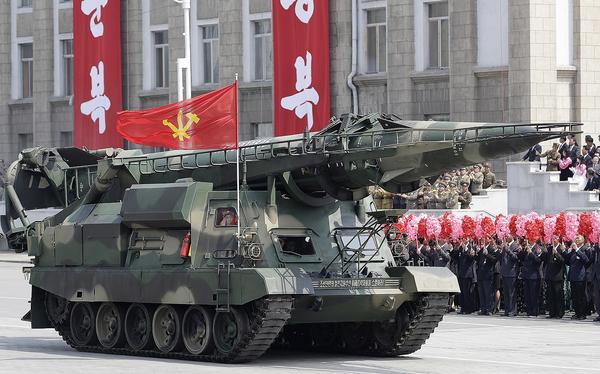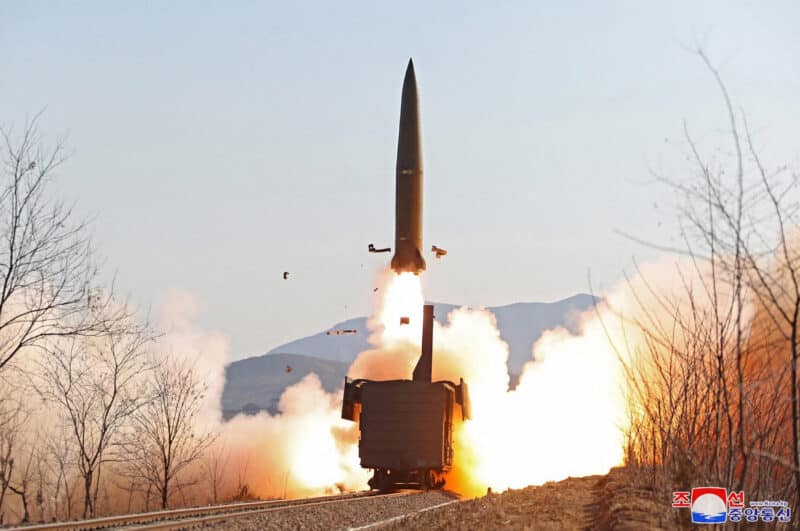North Korea became, in 2006, the 9th country to have nuclear weapons, after the explosion of its first A-bomb on October 9th. For Pyongyang, it was then a question of responding to the perceived threat posed by the United States and the repeated tensions with its South Korean neighbor, but also of very effectively fueling the regime's propaganda vis-à-vis a population very tested by decades of extreme poverty.
Moreover, if the North Korean regime knew it could rely on Beijing and Moscow during the Cold War, the Soviet collapse in the early 90s, and the marked economic rapprochement between China and the West that began in the middle of the previous decade, convinced Kim Jong Il of the need to acquire such a weapon, even at the risk of damaging relations with his two allies, who moreover approved of the numerous sanctions decreed by the United Nations Security Council following the North Korean nuclear tests.
However, the North Korean doctrine developed by Kim Jong Il was intended above all to be defensive, with two strict frameworks for use: a nuclear attack against North Korea, or a conventional attack directly targeting the regime and its leaders.
At no time in this doctrine was the use of nuclear weapons in first intention mentioned, or even considered. It is true that beyond the political aspects, the nuclear weapons in the hands of Pyongyang were then very voluminous, and their use could not be conceived at the tactical level.
Since the arrival of Kim Jong Un, son and heir of Kim Jung Il, at the head of the country in 2011, a very important effort has been undertaken by the regime precisely to miniaturize North Korean nuclear warheads, but also to develop new vectors, whether ballistic missiles or cruise missiles, much more advanced than those they replace.
And in fact, Pyongyang now has tactical missiles capable of carrying more compact nuclear charges, as well as new intercontinental or medium-changing missiles, considerably modifying the balance of power in the Korean Peninsula, but also in the entire Pacific theater.

At the same time, a new doctrine has emerged in recent years in the words of the North Korean leader, but also in those of his sister and potential heiress, Kim Yo-Jong, envisaging and theorizing the use of tactical nuclear weapons to strike South Korea, its armed forces and its infrastructure, and this in first intention.
In other words, Pyongyang now considers it legitimate and potentially effective to use tactical nuclear weapons against its neighbor to ensure a military victory in order, for example, to reunify the peninsula, especially since the country now has intercontinental ballistic missiles capable of reaching the United States, a weapon sufficient to keep Washington, its armies and its nuclear forces at bay, in such a scenario.

75% of this article remains to read,
Subscribe to access it!
The Classic subscriptions provide access to
articles in their full version, and without advertising,
from 6,90 €.
Newsletter subscription
Register for the Meta-Defense Newsletter to receive the
latest fashion articles daily or weekly


[…] […]
[…] strategic intercontinental or strategic change of environment. At the same time, the country continues an intense effort to modernize its nuclear and conventional forces, with the arrival of new models of combat tanks, combat vehicles […]
[…] A new North Korean doctrine has emerged in recent years in the words of the country's leader, but also in those of Kim Yo-Jong […]